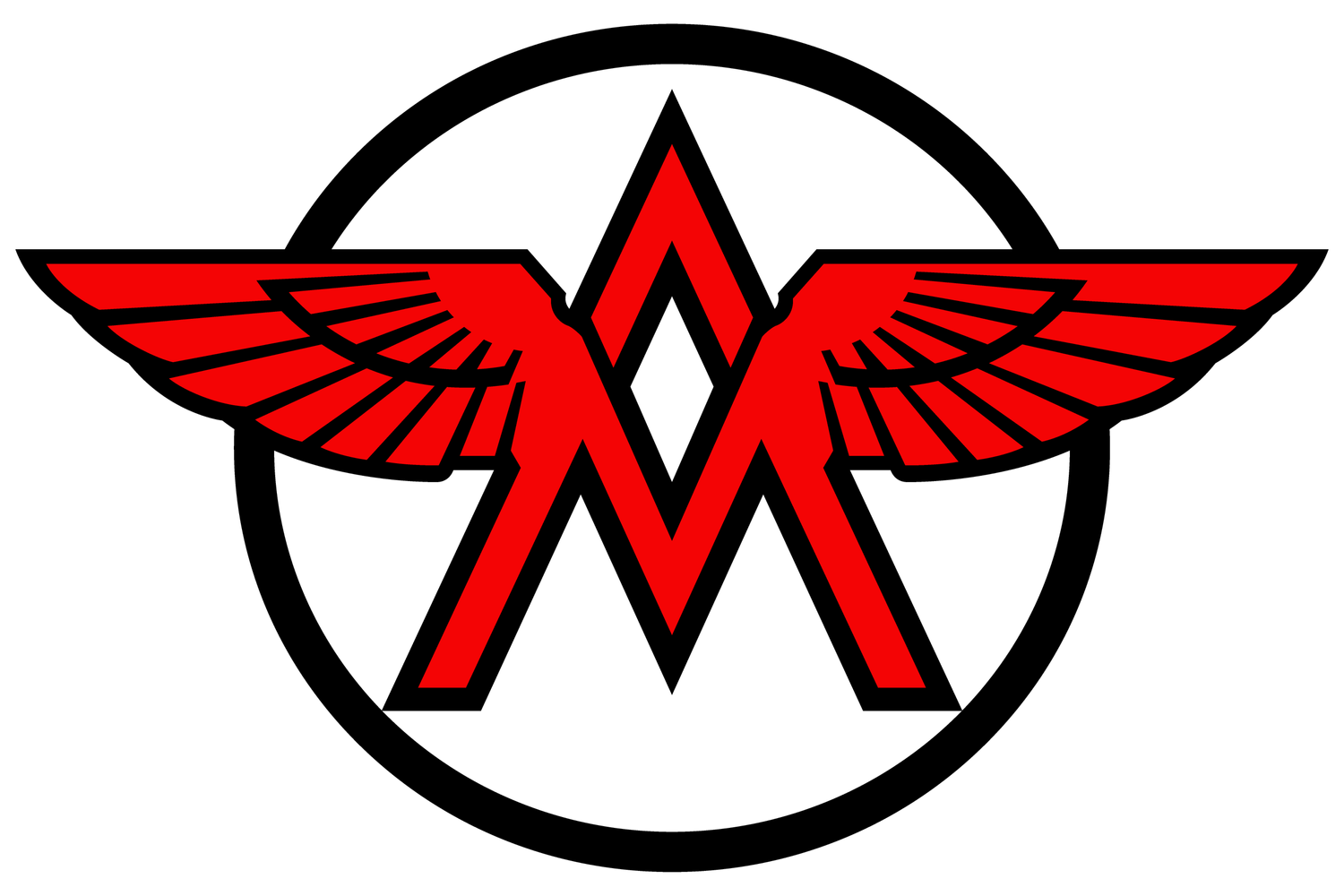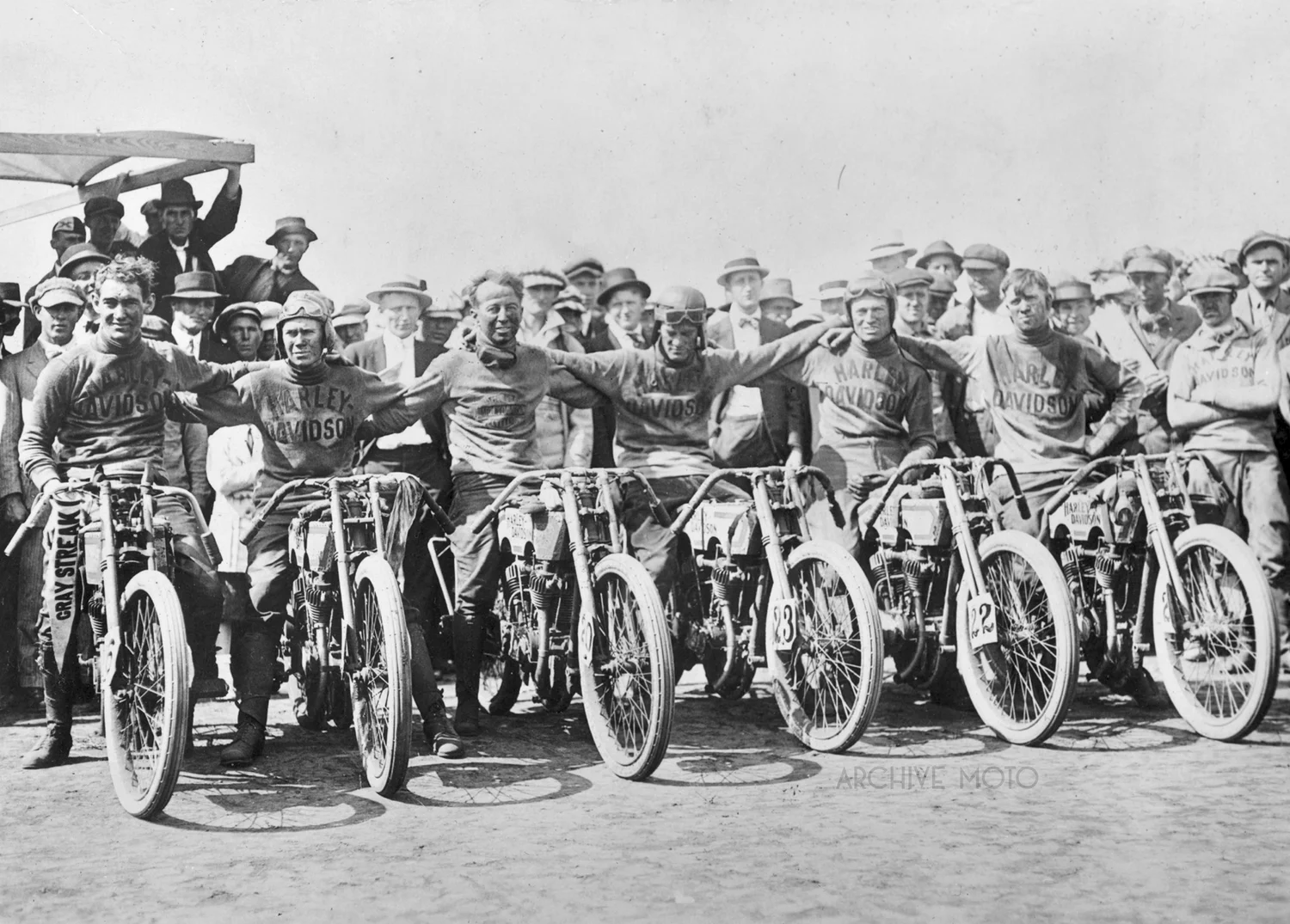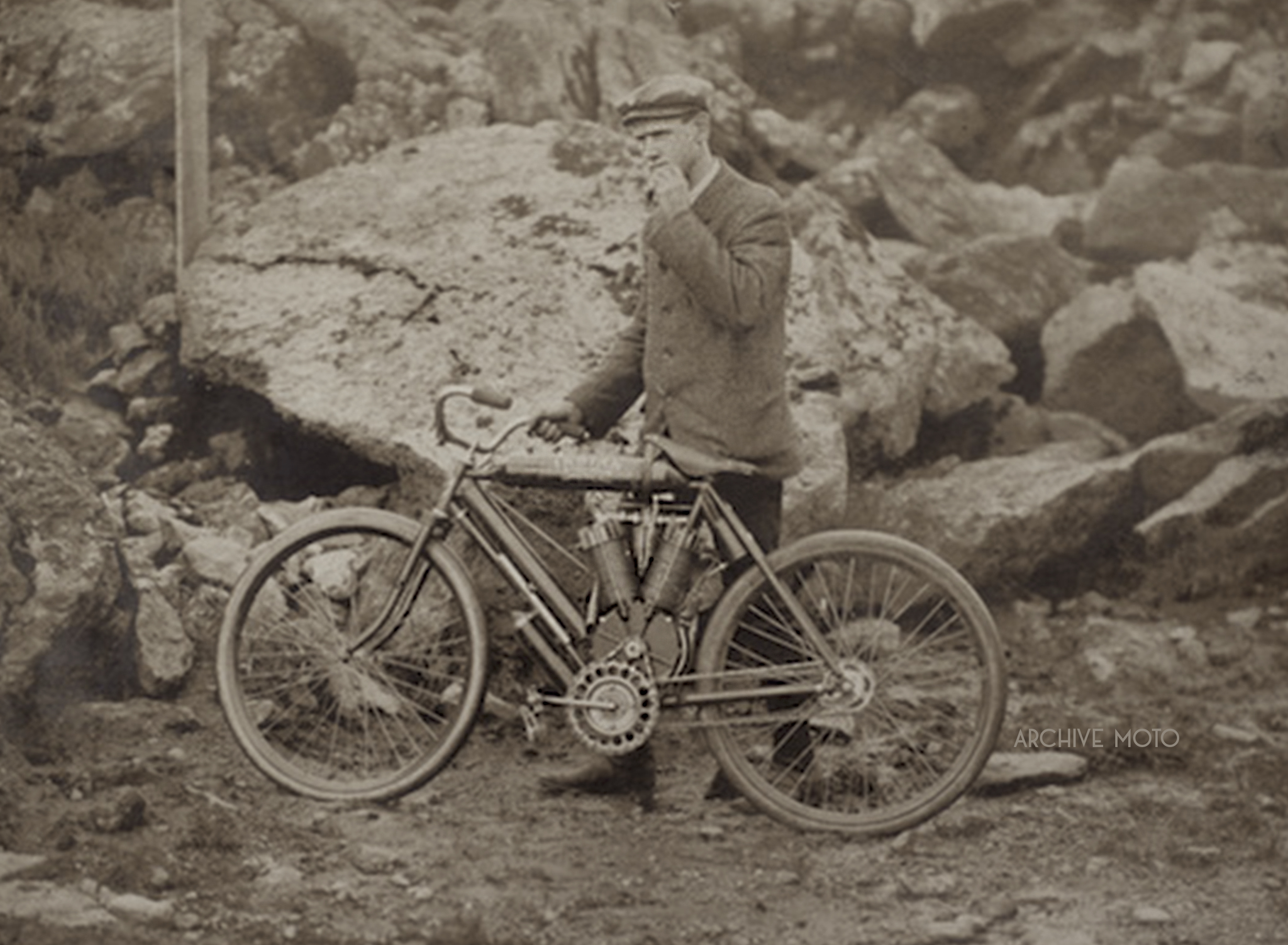It was during a 15 day, 1,100 mile tour from Kansas to Colorado that a 20 year old man from Wichita named William Wells Bennett arrived at the Tuileries Motordrome in Denver on August 19, 1912. A notable flat track racer in his home state, Bennett had never seen a track quite like the wooden saucer at Tuileries. Built just the summer before, the 1/3 mile Tuileries Motordrome was only the 3rd circular wooden motorcycle racetrack in the country and featured a constant banking of 47 degrees. Despite his experience and comfort racing flat tracks back home in Kansas, Bennett claimed to have been quite intimidated by the steep and terribly fast boards at Tuileries, but as in any of the great pioneer racers, the spirit of the challenge got the best of him.
After watching in awe the spectacle of the 61ci, twin cylinder races Bennett made his way into the pits to get a better understanding of the sport. Curley Fredericks, who was running a factory Excelsior 7 had just won both the 3 mile match and 5 mile open events and was no doubt the target of the aspiring racer from Kansas. With the encouragement and guidance of racers like Fredericks, Bennett consulted the official, acquired an Indian 30.50ci single, and decided to give it a go. A last minute entry, Bennett was billed to the crowd as the “Kansas Champion” for the 2 mile 30.50ci event and lived up to his reputation. On that hot August afternoon, without ever having set foot on a steeply banked wooden motordrome track before, much less having had a practice lap, Wells Bennett threw his leg over and charged the boards at nearly 70 mph, taking the checkered flag and besting two experienced local professionals.
From that moment it seems Bennett was convinced that he was meant for such a life. Within a month he and his new wife Maggie packed up and left Kansas for Los Angeles, where Bennett quickly established himself as one of the top board track racers in the country. This image of Bennett was taken a couple of years later in 1914, the final days of the American motordrome, a time when Bennett was touted as one of the best riders in the country. Having only seen his first motordrome less than two years ago that fateful day in Denver, Bennett had become a a top factory rider for Excelsior and had traveled the country racing ever since. He was contracted to captain the Detroit Motordrome’s “Tiger Squad” team during the summer of 1913, and as such Bennett spent the majority of 1913 and 1914 running motordrome races throughout the midwest. Seen here inside the insanely steep 62.5 degree boards of the St. Louis Motordrome at the age of 22, an iron-jawed Wells Bennett sits atop his considerably modified Excelsior 7 factory board track racer in the summer of 1914.





